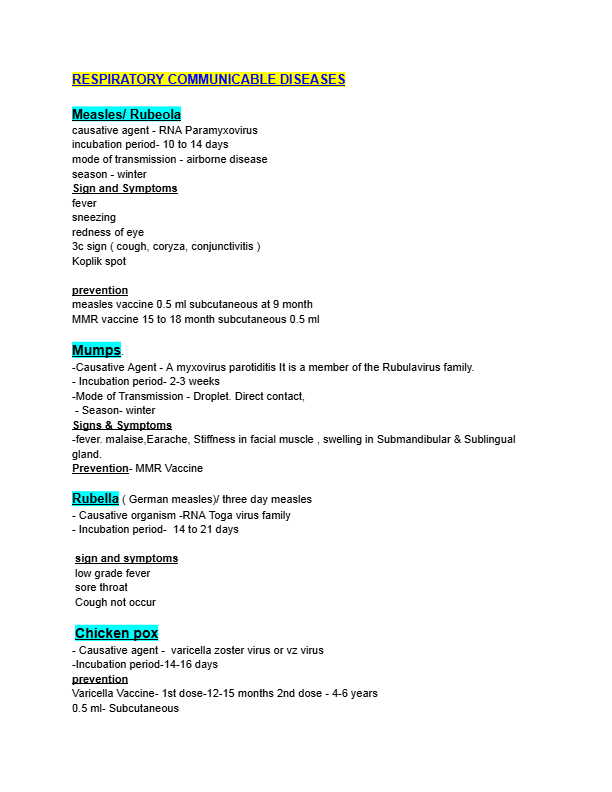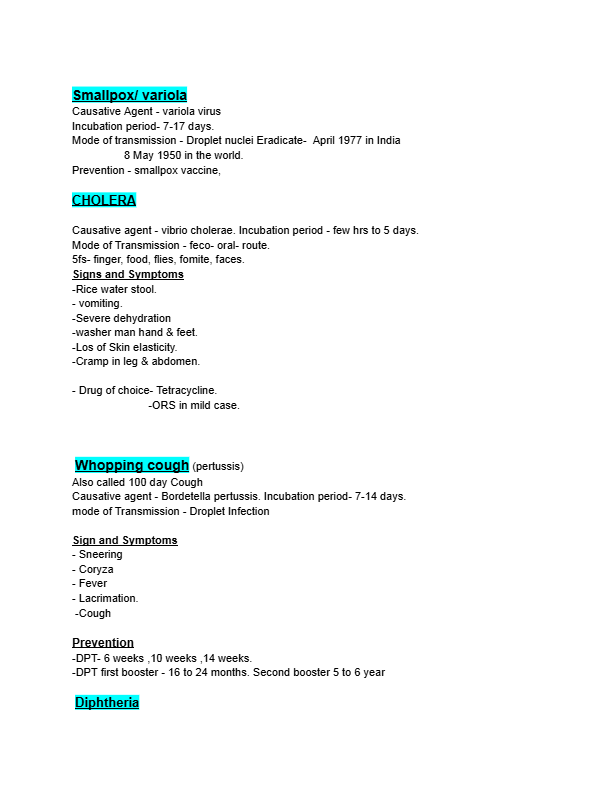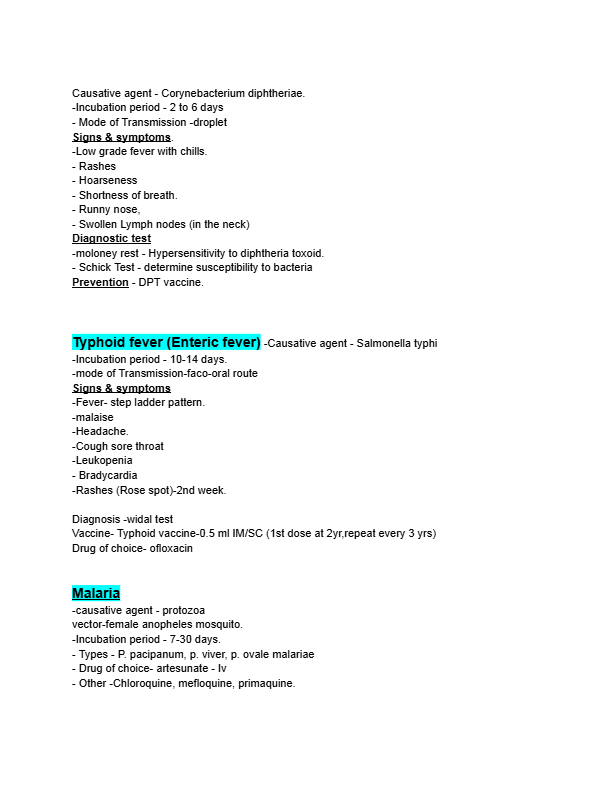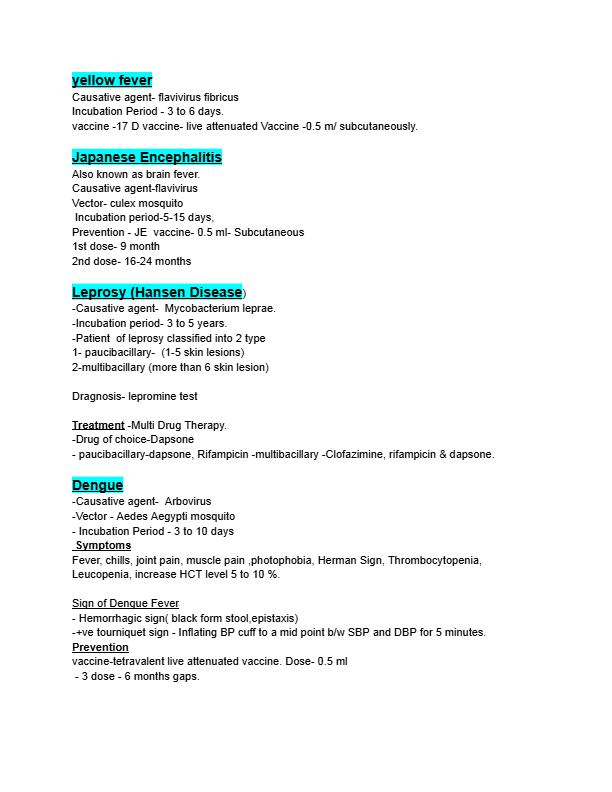RESPIRATORY COMMUNICABLE DISEASES
swaraj barik
#poet #writer I live with pride and self-respect.Writing is not my profession but my addiction . Medical Consultant,NursingStaff onlinemedical tutor
Brief information about the respiratory communicable diseases





Respiratory Communicable Diseases
Respiratory communicable diseases are infections involving the respiratory tract, ranging from mild upper respiratory illnesses to severe lower respiratory tract conditions. They are primarily caused by pathogens such as viruses, bacteria, and fungi and are transmitted through respiratory droplets, aerosols, or direct contact.
Common Examples:
1. Upper Respiratory Tract Infections (URTIs):
Common cold (Rhinovirus, Coronavirus).
Pharyngitis (Group A Streptococcus).
Laryngitis.
2. Lower Respiratory Tract Infections (LRTIs):
Influenza: Influenza A and B viruses.
Tuberculosis (TB): Mycobacterium tuberculosis.
Pneumonia: Caused by Streptococcus pneumoniae, Haemophilus influenzae, or viral agents.
COVID-19: SARS-CoV-2.
Pertussis: Bordetella pertussis.
Pathophysiology:
Pathogens enter via inhalation, adhere to mucosal surfaces, and initiate local or systemic infection.
Immune response involves inflammation, cytokine release, and sometimes immune-mediated tissue damage.
Clinical Features:
URTIs: Rhinorrhea, sore throat, cough, fever, nasal congestion.
LRTIs: Dyspnea, productive cough, fever, chest pain, hypoxia in severe cases.
Diagnosis:
Clinical history and physical examination.
Laboratory tests: CBC, sputum analysis, molecular testing (PCR), and cultures.
Imaging: Chest X-ray or CT for LRTIs.
Management:
1. Supportive Care: Hydration, antipyretics, oxygen therapy if needed.
2. Pharmacological:
Antibiotics (e.g., penicillins for bacterial pneumonia).
Antivirals (e.g., oseltamivir for influenza).
Antitubercular therapy for TB.
3. Public Health Measures: Isolation, vaccination, and health education.
Prevention:
Immunizations: Influenza vaccine, BCG, DPT, COVID-19 vaccines.
Hand hygiene, mask usage, and improving ventilation.
Early diagnosis and treatment, along with preventive strategies, are essential to reduce morbidity and mortality from respiratory communicable diseases.
